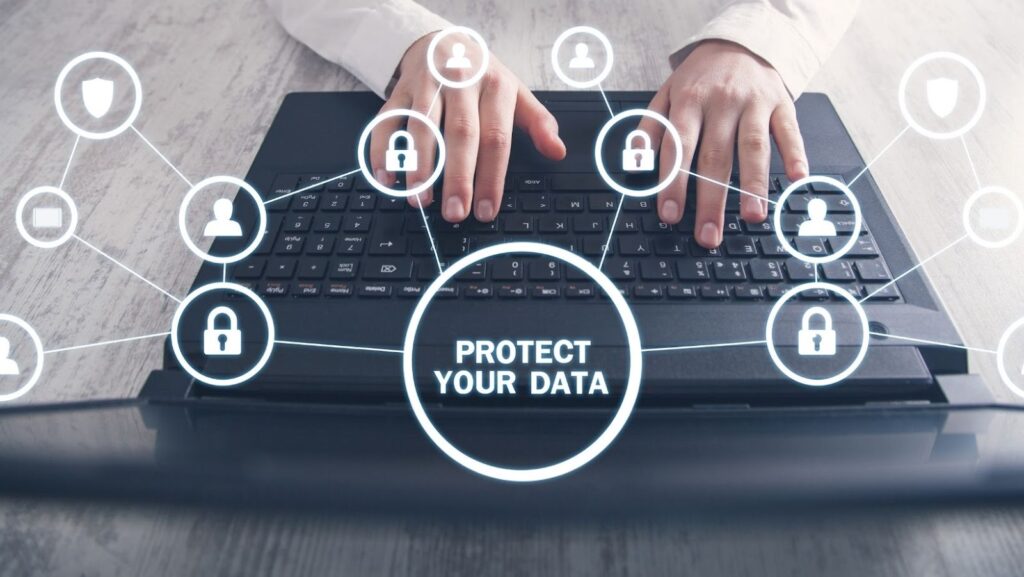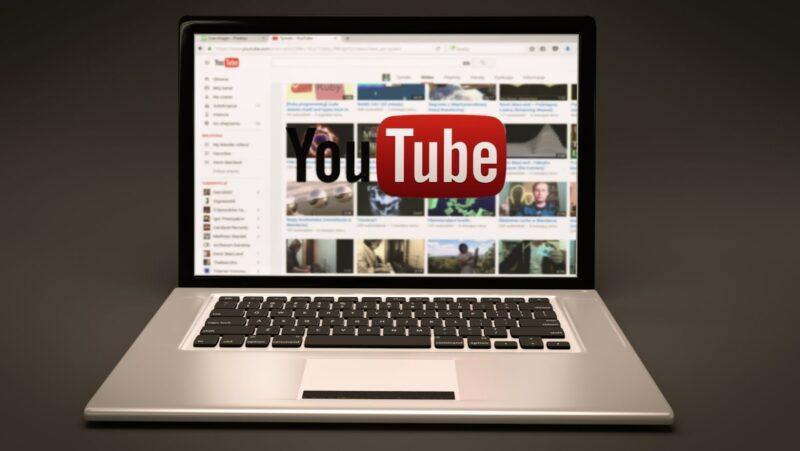
When you send an email, you may not think about the privacy implications of what you’re doing. But the fact is, there are a lot of ways to protect your privacy when sending emails, and it’s important to know how to do so .In this post, we’ll discuss a few tips on how to protect your privacy when sending emails. By following these tips, you can ensure that your emails are private and cannot be read by anyone other than the intended recipient.
Use a secure email service
There are a number of secure email services out there that offer greater privacy protection than traditional email providers. When you use a secure email service, your messages are encrypted and can only be read by the person who has the encryption key. This means that even if your messages are intercepted, they cannot be read by anyone other than the intended recipient.
Don’t put sensitive information in your emails
This may seem like a no-brainer, but it’s important to remember that email is not a secure form of communication. If you wouldn’t want someone else to read your email, don’t put it in there in the first place. This includes things like your Social Security number, credit card information, or any other sensitive information.
Use a VPN
When you connect to the internet, your IP address is visible to anyone who wants to see it. But if you use a VPN, your IP address is hidden and replaced with the IP address of the VPN server. This makes it much more difficult for people to track your online activity.
Use encryption
If you’re sending sensitive information via email, you should encrypt your messages. Encryption is a process of transforming readable data into unreadable code that can only be deciphered with a special key. This ensures that even if your email is intercepted, the person who intercepts it will not be able to read its contents.
Use a disposable email address
If you’re worried about someone tracing your real email address, you can use a disposable email address. A disposable email address is an email address that can be used for temporary purposes and then discarded. There are a number of services that offer disposable email addresses, and they can be a great way to protect your privacy.
Be careful with attachments
When sending emails, it’s important to be aware of the potential privacy implications of your actions. One thing to be especially careful with is email attachments. When you attach a file to an email, it’s automatically sent to the recipient in its unencrypted form. This means that anyone who intercepts your email could potentially read the contents of the attachment. If you’re sending sensitive information, make sure to encrypt your attachments. Email attachments can be a security risk, as they may contain viruses or malware. If you’re unsure about an attachment, don’t open it. And if you must open it, be sure to scan it with a reputable antivirus program first.
Keep your software up to date
One of the best ways to protect your privacy when sending emails is to keep your software up to date. This includes your email client, as well as any other software that you may be using to access the internet. By keeping your software up to date, you can ensure that you have the latest security patches and that your system is protected against the latest threats.
What happens when you move someone to bcc
When you move someone to BCC, the recipient will not be able to see the other recipients on the email. This can be a useful way to keep your email list private, or to protect the privacy of someone who is not comfortable with having their name publicly listed.












